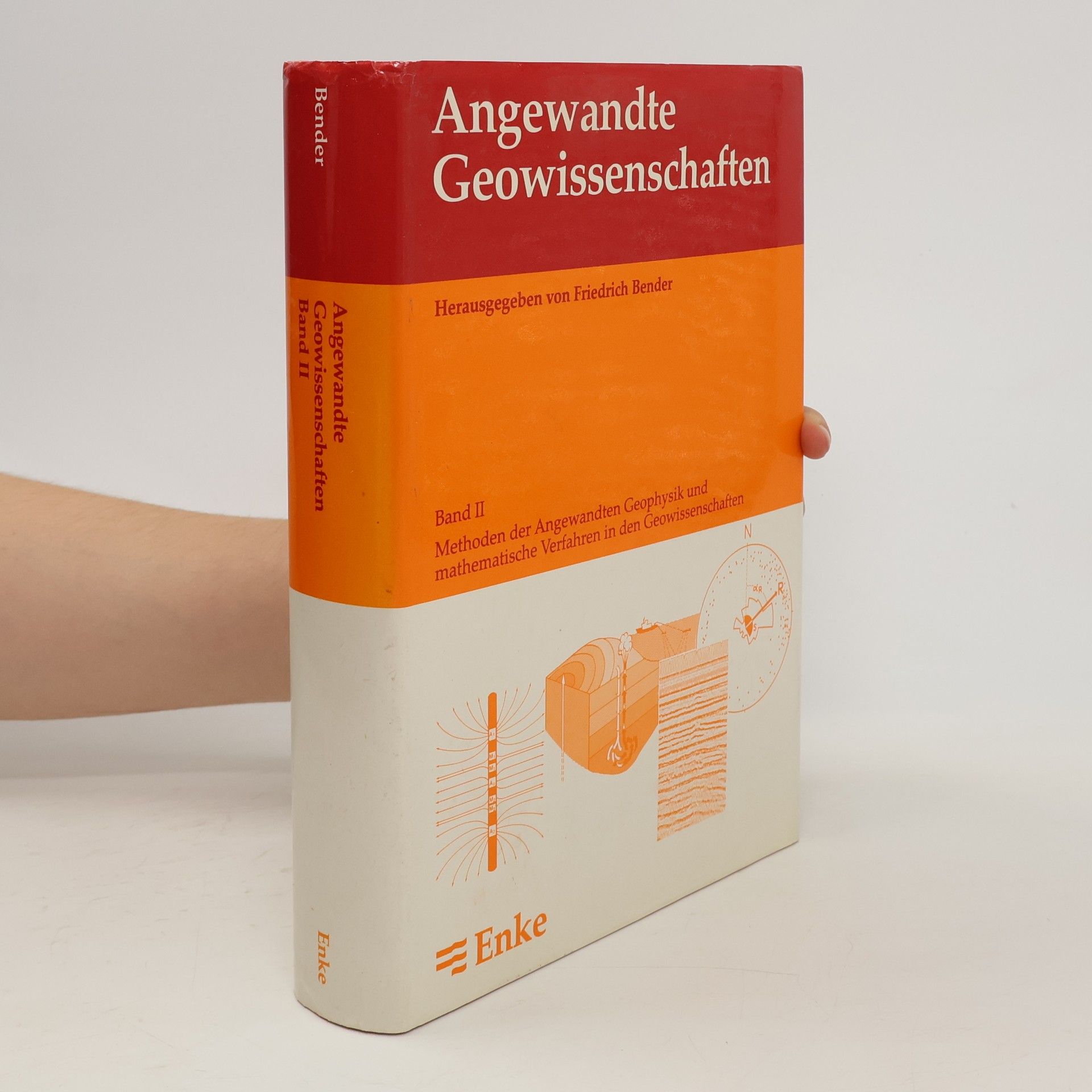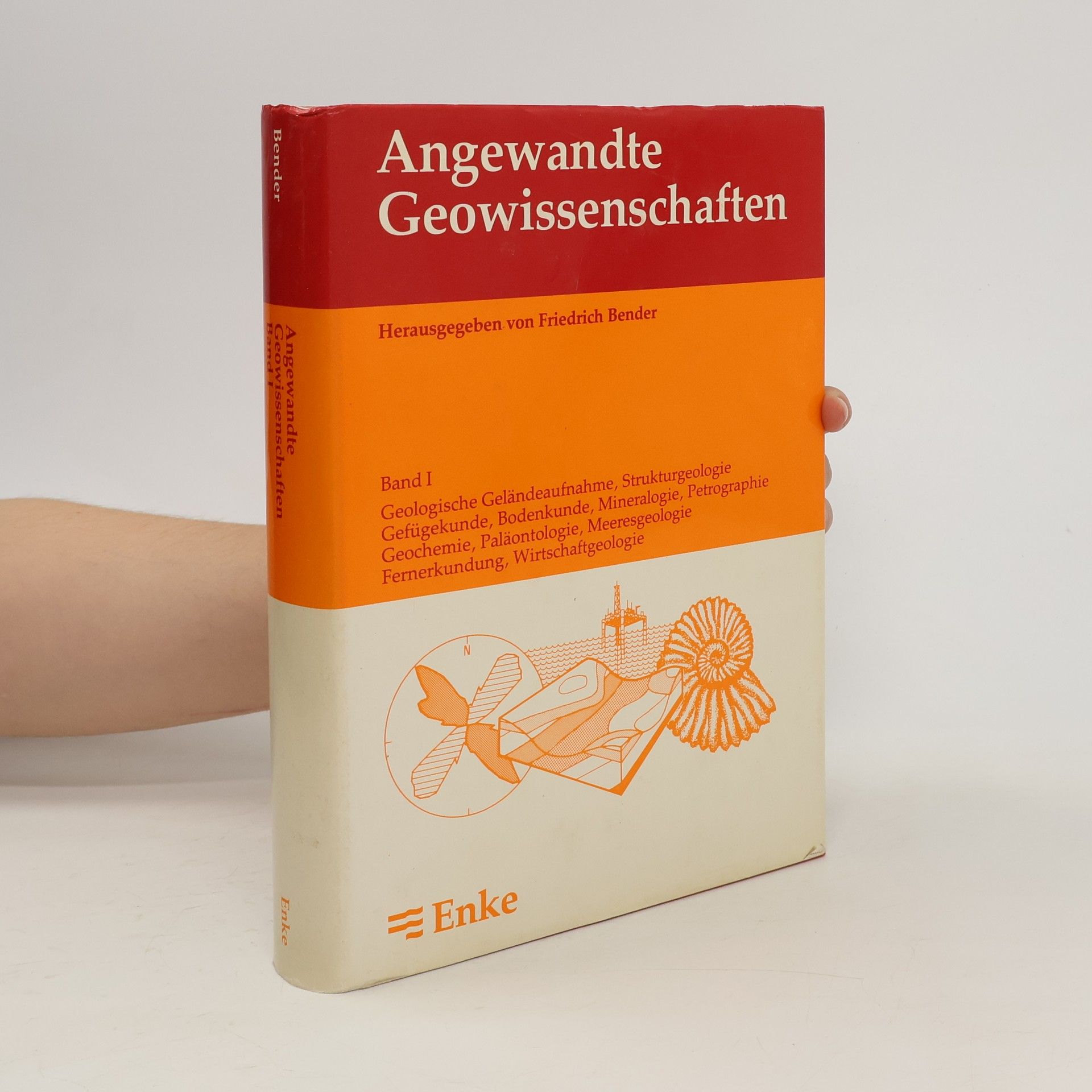Friedrich Bender Libri






This work presents the first comprehensive synopsis of Pakistan's geology, a country characterized by its complex structure due to its position at the convergence of the Eurasian, Indo-Pakistan, and Arabian plates. The collision of these tectonic plates during the Quaternary period led to the formation of some of the world's highest mountains, including the Himalayas and Hindukush. The book comprises ten chapters authored by various contributors, synthesizing current knowledge on the geology and natural resources of Pakistan. It explores the formation and evolution of sedimentary basins resulting from tectonic activity, alongside the largely untapped hydrocarbon deposits within these basins. The text delves into the diverse mineral and ore deposits shaped by complex geological processes, which have attracted scientific interest since the 19th century. Key topics include regional geology, tectonic units, basin formation, paleogeographic evolution, and the characteristics of metamorphic and igneous rocks. Additionally, it addresses water resources and soil properties. Richly illustrated with over 140 figures, the book also features four full-color Landsat images and three large maps detailing the structure of the Western Fold Belt, enhancing the reader's understanding of Pakistan's geological landscape.
Burma's geography begins with the Indo-Burman Ranges, extending 2,000 km south to the Andamans, serving as a significant ethnographic, cultural, and political boundary. In northern Burma, other mountain ranges branch off from the eastern Himalayas, running south through the Shan Plateau to the Tenasserim Ranges, forming the Sino-Burman Ranges. Between these major chains lies the Chindwin-Irrawaddy Basin, the fertile heartland of Burma. Geologically, Burma is crucial for studying converging plates, with the S Tethys suture separating oceanic and continental crusts. This suture corresponds to the Indonesian-Andaman Trench, a foredeep formed by a subduction zone. Various geological features, including the Outer Arc and Inner Volcanic Arc, are present in the region. Geological research began in the early 19th century and intensified during British rule (1885-1948), but slowed after Burma's independence in 1948. Renewed interest in geological studies emerged around 1965 due to governmental initiatives. Despite numerous papers on its geology, much of Burma remains unexplored, particularly in the inaccessible western and eastern ranges. This synthesis aims to organize existing knowledge according to modern geological criteria, aiding geologists in understanding regional features and identifying gaps for future research. The authors, who worked in Burma from 1969 to 1982, express gratitude to their Burmese colleagues and a deep apprec
This volume represents the proceedings of the second International Symposium „The Mineral Resources Potential of the Earth“, held in Hannover, Germany, in April 1979. Natural, technological, economic, legal, and political aspects were discussed as well as mining law, mineral resources policy, geological supply and industrial demand.